In December last year, IBLF advertised for a Programme Coordinator to work on business and human rights. Needing to get someone in quickly, we set a one-week deadline and an essay of 250 words, themed ‘In your opinion, what does the future hold for business and human rights over the next five years?’
We were inundated with very high calibre candidates – all with multiples degrees and varied work experience. Their essays were impressive too. While some focused on the ‘Protect, Respect and Remedy Framework’ advanced by John Ruggie, the UN Special Representative on Business and Human Rights, his recent Guiding Principles, and ruminated on 2011 and what is set to be an important year for business standards, others chose to focus on what specifically companies should do in next five years. Many stressed the need for business to undertake human rights due diligence; to develop human rights policies that signal their commitment, to assess potential human rights risks, and to critically address any adverse human rights impacts.
Credit: Sven Torfinn
The contrasting responses intrigued me, and in a way, are similar to the varying approaches adopted by different actors in the business and human rights field over recent years. While a huge generalisation, key actors can be seen to cluster into three different levels:
- Those at 3,000 feet – actors lobbying for international standards, opining for more policies, and advocating for more legislation to regulate the conduct of businesses.
- Those at 30 feet – actors in the thick of it, who are pulled in many directions, and who face competing challenges and objectives.
- Lastly, there are those who feel they are three feet under – actors who feel paralyzed by what they view as insurmountable powerful structures – structures they feel they can neither influence nor affect.
While there have been significant advances over the years in the business and human rights field, real change will only come about through a change in attitude and behaviour by all stakeholders, and a commitment to put differences aside and work in partnership. Understanding the respective positions and challenges of each relevant actor, by all actors, will be necessary if the end goal – the eradication of corporate-related adverse human rights impacts on stakeholders – is to be achieved.










